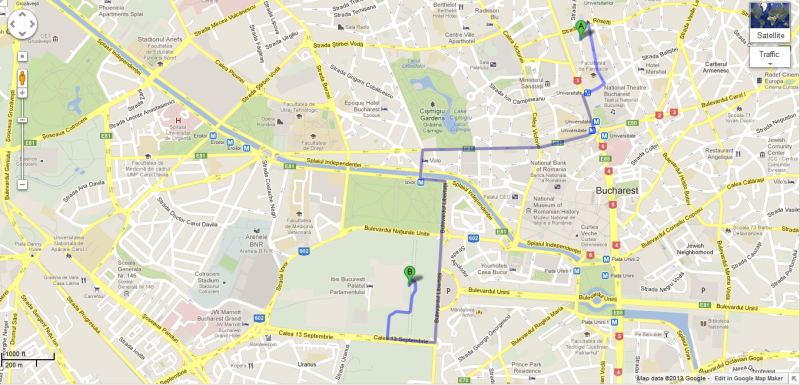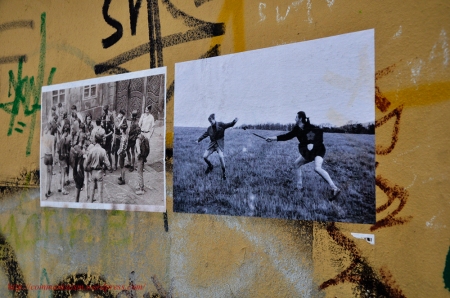When looking into De Certeau’s theory, he suggests that you walk through a city not view it. He argues that walking in the city has “its own rhetoric” and with people’s limited scope as they move about and write their own course of subjective use of the urban space “the network of these moving, intersecting writings compose and manifold story that has neither author nor spectator”.
De Certeau, “the pedestrians of a city create it through their walking about, as an objective mass made of subjects which escape any planned or regulated scheme of the city. The pedestrian, while walking in the city, has his own style, which is a sort of language which speaks about the city and take part in creating its meaning.” In walking in the city, the pedestrian gives new meanings to places and streets which are not the same as those originally assigned to them. Pedestrians, for De Certeau, create the meaning of the urban space by applying their imagination to it through the manner in which they move about the city “linking acts and footsteps, opening meanings and directions, these words operate in the name of an emptying-out and wearing away of their primary role. They become liberated spaces that can be occupied”.
We used De Certeau’s theory in ‘walking in the city’ and applied it to Guy Debord theory the derive. A derive is an unplanned journey through a landscape, usually urban, on which the subtle aesthetic contours of the surrounding architecture and geography subconsciously direct the travelers, with the ultimate goal of encountering an entirely new and authentic experience. Having applied the two theories together, to make sense of our location, and to avoid what the city wants us as tourist to look at, we did two of Debords derive, to explore the city in depth.
We did the random directions derive, we started off at the hotel, and took turns at choosing random directions to follow. With these directions we found ourselves at VE Stinadech, here we found a wall full of communism related graffiti and we had our first sighting of and old style communist tenant building (Panelak).
We did a second derive called the wrong map, this derive involves us taking a map of another city for example the map of Bucharest and using it as if it was a map in Prague. We used a Bucharest map and mapped out a route starting from Intercontinental hotel to Parliament Palace. When we used this route in Prague, it lead us from our hotel in Prague through Charles Bridge and the final destination which was The American Embassy.
Bucharest Map
Prague Map
Lesoda Otu-Iso









